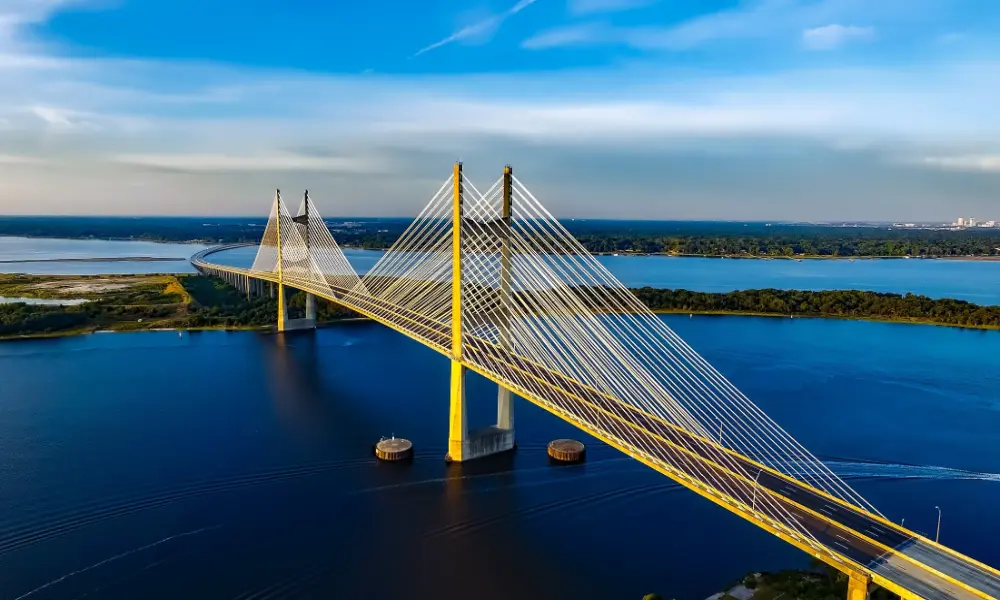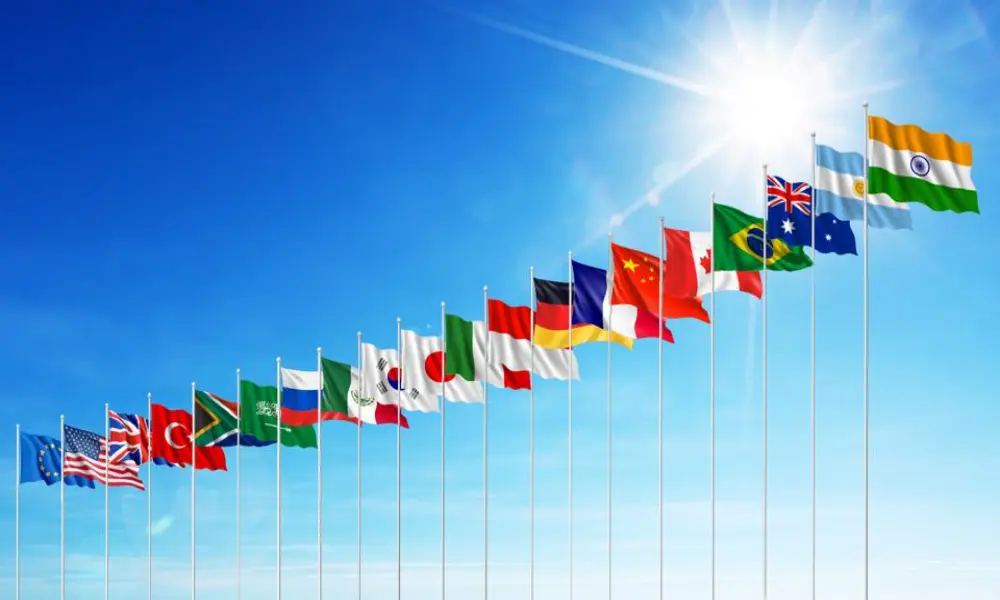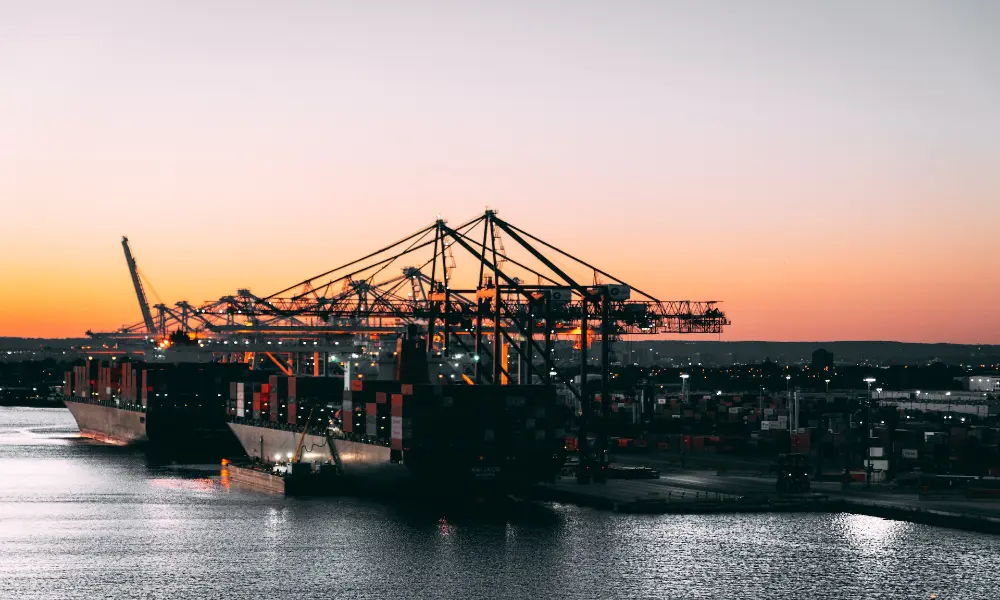Harnessing the Winds
Capturing energy from the winds along the coastlines of the United States could potentially more than double the country’s electricity production. The Biden administration recognizes this vast, clean-energy potential as key to achieving its ambitious climate goals of 100% carbon-emissions-free electricity by 2035 and a net-zero emissions economy by 2050. With a target of 30 gigawatts of offshore wind by 2030, enough to power 10 million homes, the White House is making bold strides toward a greener future.
Experts Examine the Challenges
At the MIT Energy Initiative’s Spring Symposium, a diverse group of academic experts, energy analysts, wind developers, government officials, and utility representatives discussed the immense opportunities and demanding challenges of tapping into this colossal resource for the United States and the rest of the world. MITEI Director Robert C. Armstrong emphasized the need to figure out how to utilize this resource economically and quickly.
Pioneering Research and Development
Moderated by MITEI’s Deputy Director Robert Stoner, a panel discussed ongoing MIT research that aims to advance the offshore wind industry. These massive wind turbines have the potential to generate up to five times more electricity than onshore turbines. Still, numerous challenges must be addressed before they can fully capitalize on the power of offshore wind farms.
Developing Durable and Efficient Turbines
MIT scientists discussed how they are tackling these challenges, such as designing floating structures that can endure extreme weather conditions. Professor Paul Sclavounos, who is working on developing storm-resistant turbines, described systems from the oil industry that could be adapted for wind platforms, using relatively inexpensive components to mitigate the impact of high waves and strong wind loads.
Assistant Professor Michael Howland’s work on modeling turbulence and wind speeds revealed that angling offshore wind turbines slightly relative to one another could significantly increase power production and improve efficiency. This could potentially alter the design of wind farms from the beginning.
Integrating Offshore Wind Power into the Grid
Integrating electricity from offshore wind into regional grids like ISO New England is a complex task. Professors Steven B. Leeb and Marija Ilić are developing sensors to detect electronic failures in microgrids connected to wind farms and software for real-time scheduling of controllable equipment to compensate for the variable power generated by wind and other renewable resources. These efforts aim to ensure a stable electric power grid.
Establishing the Offshore Wind Industry
Despite the progress in research and development, the United States’ offshore wind industry faces numerous challenges, including bureaucratic delays, legal disputes, environmental regulations, supply chain disruptions, and specialized infrastructure requirements. Alla Weinstein, founder, and CEO of Trident Winds, emphasized the urgent need for cooperation and investment in the offshore wind industry to address climate change and establish a thriving new sector.
Learning from Europe’s Offshore Wind Success
Europe’s offshore wind industry remains far ahead of the United States, with Denmark and the UK boasting thousands more operating turbines. The European Union’s goal of 400 gigawatts of offshore wind by 2050 highlights the urgency of improving energy security and tackling climate change. Centralized planning, regulation, and markets have aided the European wind industry’s development.
Lessons for America’s Offshore Wind Future
Symposium participants urged the United States to adopt a cooperative, streamlined approach to developing its offshore wind industry. Suggestions included multistate agreements, compatible transmission technologies, and expert-facilitated stakeholder negotiations to break through political and bureaucratic gridlock.
Despite the challenges, some experts remain optimistic about offshore wind power’s future. MIT’s Paul Sclavounos expressed confidence that investment in floating wind technology would ultimately prove worthwhile, emphasizing that although the process might not be perfect, the economics will eventually work themselves out.



